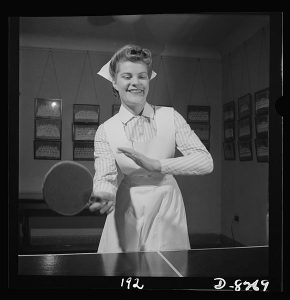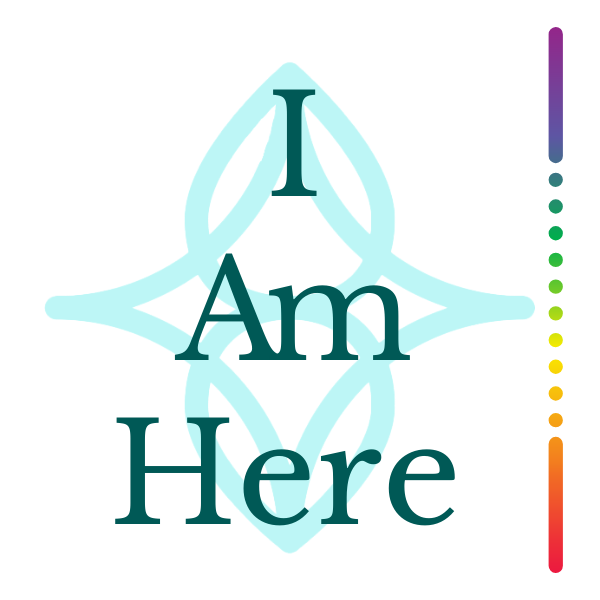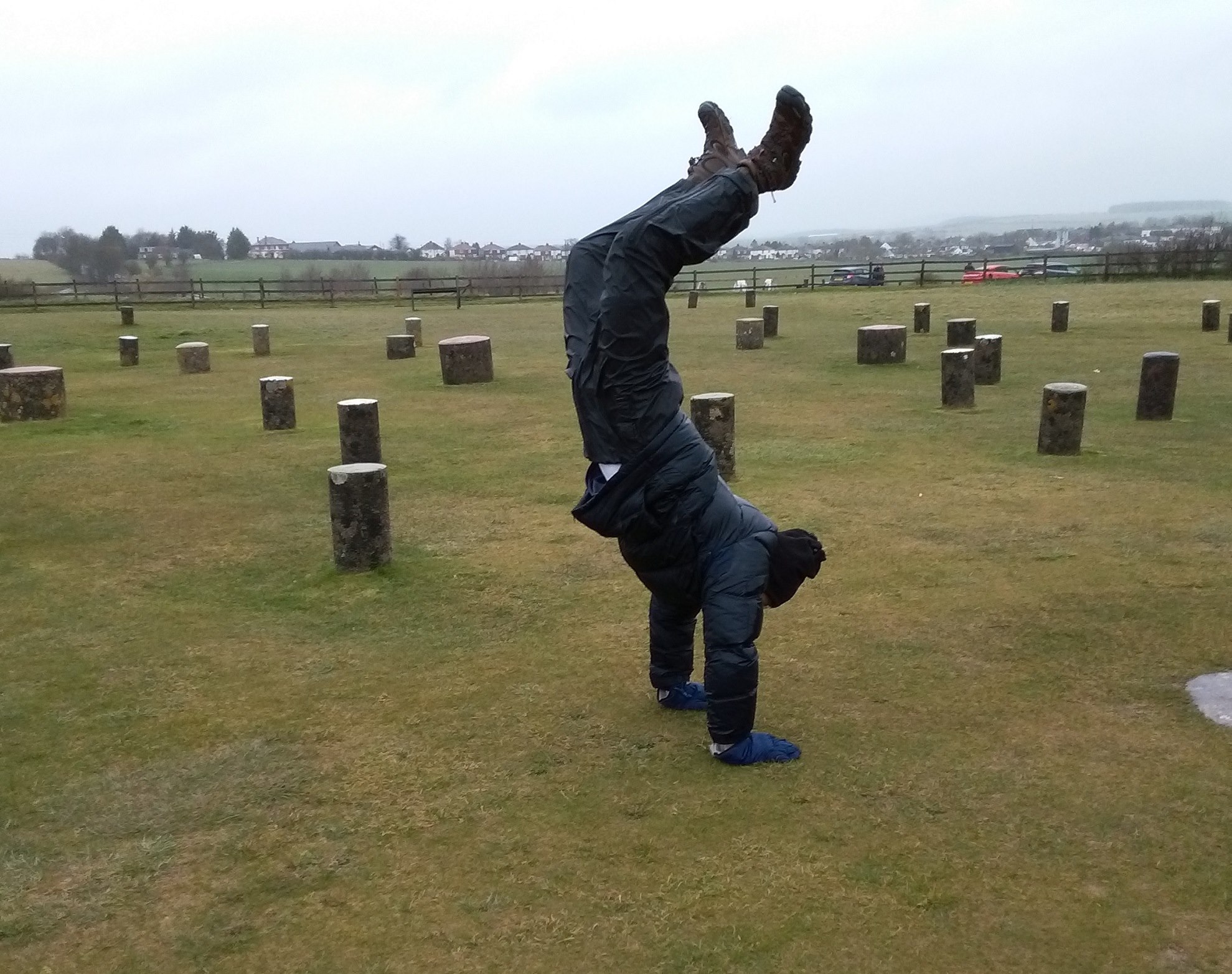In a new paper on brain processes and consciousness, EPFL scientists suggest that consciousness is discrete, indicating the ‘Perceptive Blinks’ of consciousness, described experientially in the book I AM HERE – Opening the Windows of Life & Beauty. What they miss is that consciousness (like photons) can manifest either as particle or wave, where inherent continuity allows both the discrete and the quasi-continuous effect on form.
Consciousness arises only in time intervals of up to 400 milliseconds, with gaps of unconsciousness in between, according to a proposition of a scientific research team at the Ecole Polytechnique Fédérale de Lausanne
 When we play a game of ping-pong (especially with two balls at once), we move with astounding speed and precision without any conscious thought, reflection of decision. Our hands and our body (our fundamental reflexes) have an ingenuity that far surpasses the calculations of any conscious mind. This mystery of life is now given substance with a scientific study of the time lag it takes for information to become ‘conscious’, with implications for consciousness studies (or definitions of the word “consciousness”) in general. The bottom(less) line is – there is an unconscious or preconscious depth at subliminal layers of mind that is far more precise, fast and responsive than processes inherent to the ‘conscious’ brain.
When we play a game of ping-pong (especially with two balls at once), we move with astounding speed and precision without any conscious thought, reflection of decision. Our hands and our body (our fundamental reflexes) have an ingenuity that far surpasses the calculations of any conscious mind. This mystery of life is now given substance with a scientific study of the time lag it takes for information to become ‘conscious’, with implications for consciousness studies (or definitions of the word “consciousness”) in general. The bottom(less) line is – there is an unconscious or preconscious depth at subliminal layers of mind that is far more precise, fast and responsive than processes inherent to the ‘conscious’ brain.
What is consciousness? It’s an age old question: is it a continuous stream or a series of bits of information compiled to create reality like the flow of a movie? Now, EPFL scientists have suggested a model of how the brain processes ‘unconscious’ information, proposing that consciousness arises only in intervals up to 400 milliseconds, with no consciousness in between. The work is published in PLOS Biology.
Michael Herzog at EPFL, working with Frank Scharnowski at the University of Zurich, have a new conceptual framework of how (the mental aspect) of consciousness might actually work. They reviewed data from previously published psychological and behavioral experiments that sought to determine if consciousness is continuous or discrete.
The new model proposes a two-stage processing of information. First comes the unconscious stage: The brain processes specific features of objects, e.g. color or shape, and analyzes them quasi-continuously and unconsciously with a very high time-resolution. However, the model suggests that there is no perception of time during this unconscious processing.
From the perspective of I AM HERE, this quasi continuity correlates with the timeless often dream like dimension of sentient awareness (right brain). The scientists are struggling through the midway point – the Quasi continuous dimension of awareness that is a critical integrative dimension between source emptiness and conscious awakening (or in the language of psychology, between conscious mind, sub-conscious and unconscious).
In addition, the paper sees a linear process in perception (from unconscious, to subconscious to ‘fully’ conscious) when what is more experientially true is that all three layers co-exist. For example, even though you are ‘awake’ now, conscious awakeness is added to the sleep state that is always also here in any moment. We can access the unbounded peace and rejuvenating power of sleep in any given “blink”.
The second level of processing, according to the paper, is the conscious stage: Unconscious processing is completed, and the brain simultaneously renders all the features conscious (say the scientists). This produces the final “picture,” which the brain finally presents to our consciousness, (oops – consciousness – like an overlord- precedes and exists unconditionally to the data?) and the stimulus is processed.
The whole process, from stimulus to conscious perception, can last up to 400 milliseconds, says the paper, which is a considerable delay from a physiological point of view. “The reason is that the brain wants to give you the best, clearest information it can, and this demands a substantial amount of time,” Herzog told Science Daily. “This model focuses on visual perception, but the time delay might be different for other sensory information, e.g. auditory or olfactory.”
It is interesting (from the perspective of I AM HERE) that the paper focuses only on visual perception, when resonance is so clearly at cause of visual effect or imprint and involves all the senses, not just imagination. Because of the close connection with consciousness, the visual is the first sense that needs to be surrendered in the movement from consciousness to the dimension of sentient awareness.
What does this mean for winning the ping-pong game? Abandon conscious control. Surrender to the unconscious. Don’t look for the ball. Be free of agenda, even the agenda of winning. Fly with the 2-balled joy of it. 🙂
The I AM HERE Paradigm Shifts in Perception
In the book I AM HERE, perception is described as differentiated through three windows: consciousness, awareness and perception through emptiness. As such, the finest layer of sensory experience of thought, and feeling (consciousness and awareness) are differentiated through subtle qualities. In I AM HERE, the ‘light’ of consciousness is described as having a rhythm (a Now – Now – Now pulse), whereas the resonance of awareness has a more wave-like quality, a spatial flow through form.
Perception through emptiness arises out of the uncovered, naked, existential perception unconditioned by time (consciousness) and space (awareness). As such, perception through emptiness (in the first place through sensory contact through and within the bones of the body), is the source of acceleration and expansion in consciousness and awareness, as well as our fundamental source position in terms of letting go, allowing transformation such as death, in moving between parallel dimensions and in the liberation of all attachment to form.
The ‘bardo state’ that can arise through perception through emptiness closely resonates with the explorations of C. Jung, in his explorations of the “unconscious”, and the movement of personal liberation towards ‘Opus Mundi’.
The access to perception through emptiness is available in every particle of experience and in every second, in the ‘blink’ of perception. This paradigm shift has been experientially tested by meditators, who witness that attendance and surrender of the ‘I’ to the blinks between consciousness (or the darkness between the light particles), dramatically increases the ability of the nervous system to contain and remain in the “Now”. This, it is suggested in I AM HERE, is a direct access to consolidation in THAT, which is described by Sri. Nisargadatta Maharaj as prior to perception, prior to being, prior to ‘I AM’.
Lastly, the time quantification of 400 milliseconds in perception, from the blink, through the quasi continuous, through to the fully conscious, again shows how the mind is old news on living experience: a reflector and final tray for final imprints, rather than a generator of conscious experience. In addition, and in terms of future research directions, the blink of consciousness is rhythmic, with a pulse and frequency: this could give clues to the individualized nature of conscious experience (or elevated states of consciousness), which are deeply connected not only in the brain, but in the free connection with the unconscious (beyond time) and the physical body.
Scientific Source:
Michael H. Herzog, Thomas Kammer, Frank Scharnowski. Time Slices: What Is the Duration of a Percept? PLOS Biology, 2016; 14 (4): e1002433 DOI: 10.1371/journal.pbio.1002433




